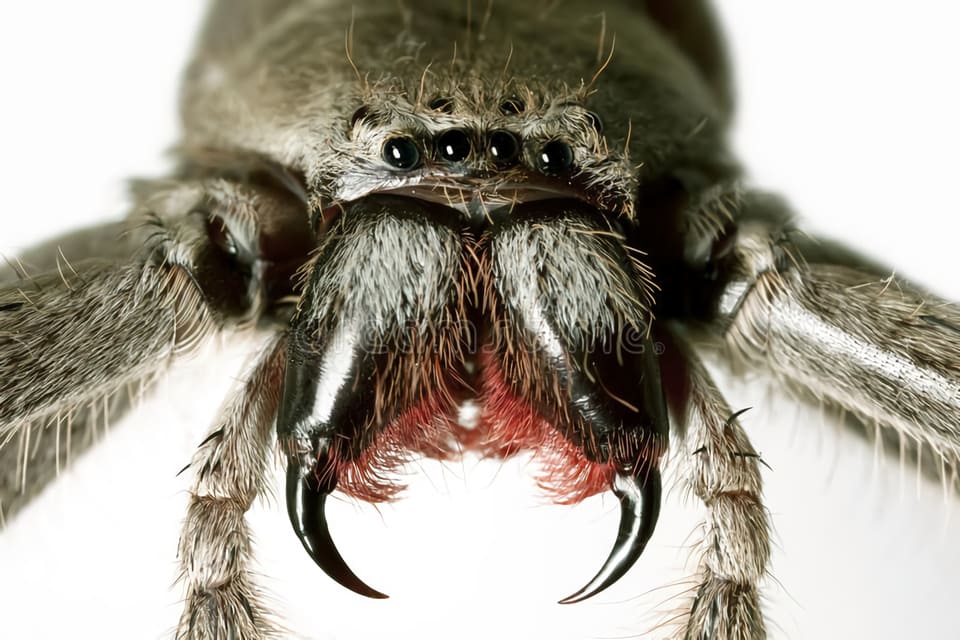Known as the Straight Horned Baboon Tarantula, are great species of tarantula having a horn on its carapace just like
Ceratogyrus Darlingi only its horn is straight unlock the darlingi. They are generally an all over brown colour and are known to be aggressive. Respect your tarantulas specially the aggressive ones so that you wont be bitten.
| Tarantula Information |
| Regions Found: | Mozambique and Zimbabwe (East Africa) |
| Class: | Terrestrial Likes to burrow |
| Longevity: | Fast Grower, 2-4years |
| Adult Size: | 4-5inches |
| Temperament: | Aggressive Defensive |
| Urticating Hairs: | No. |
| Venom Potency: | More Toxic than most tarantula (Be Carefull) |
| Ceratogyrus Marshalli Housing Requirements |
| Tarantula Housing: | Floor space is more important than height, a deep substrate should be provided for burrowing. A good retreat is required. |
| Temperature: | 24-28°C |
| Humidity: | About 75% |
| Special Requirements: | No special requirements. |
| Ceratogyrus Marshalli Diet |
Livefood insects such as crickets, mealworms, superworms, houseflies and other Small insects
|






















